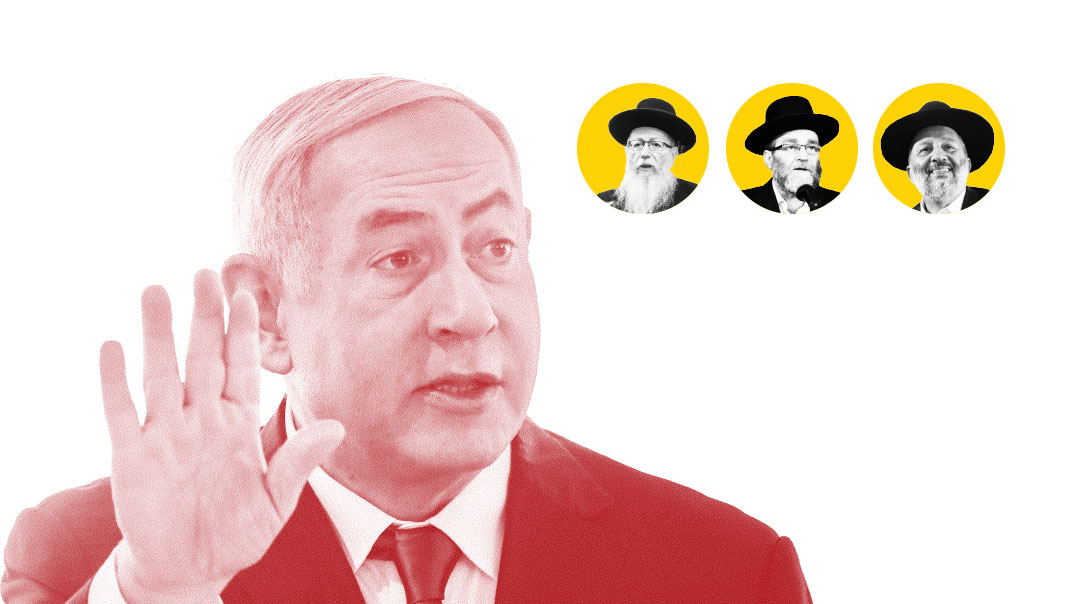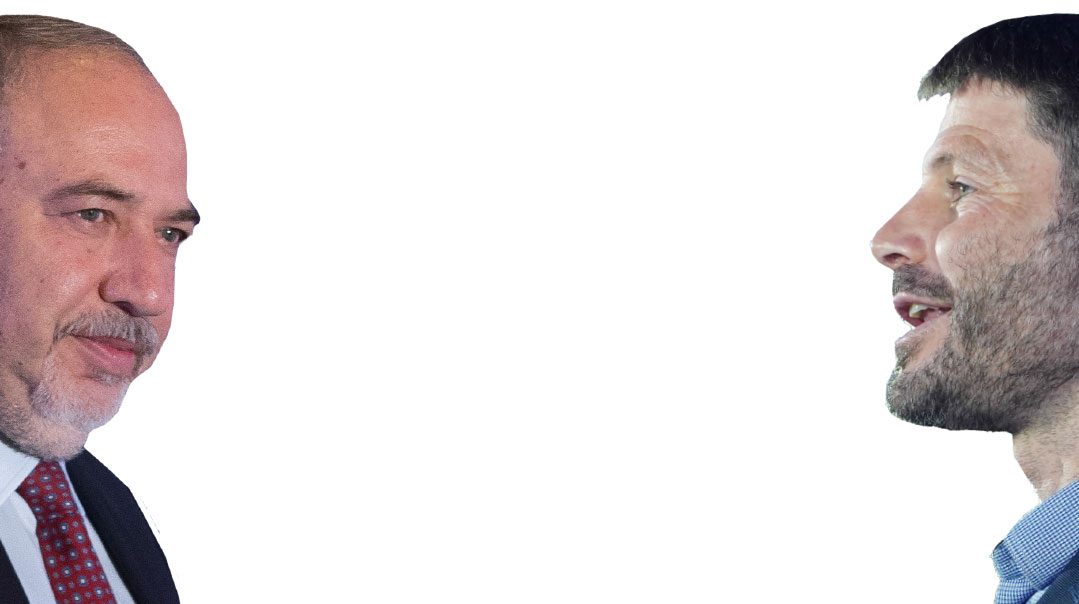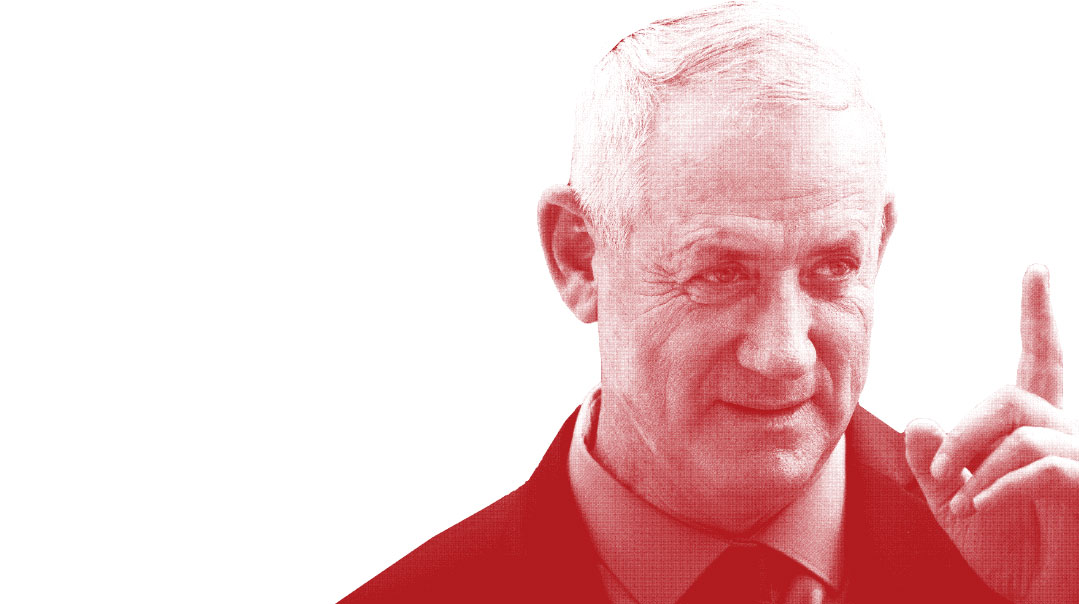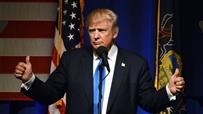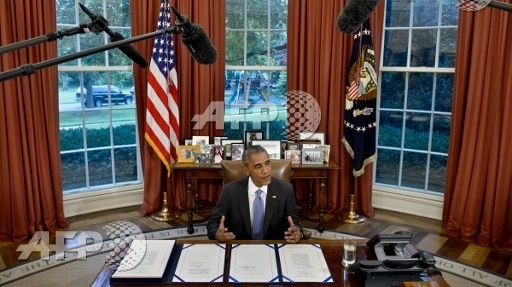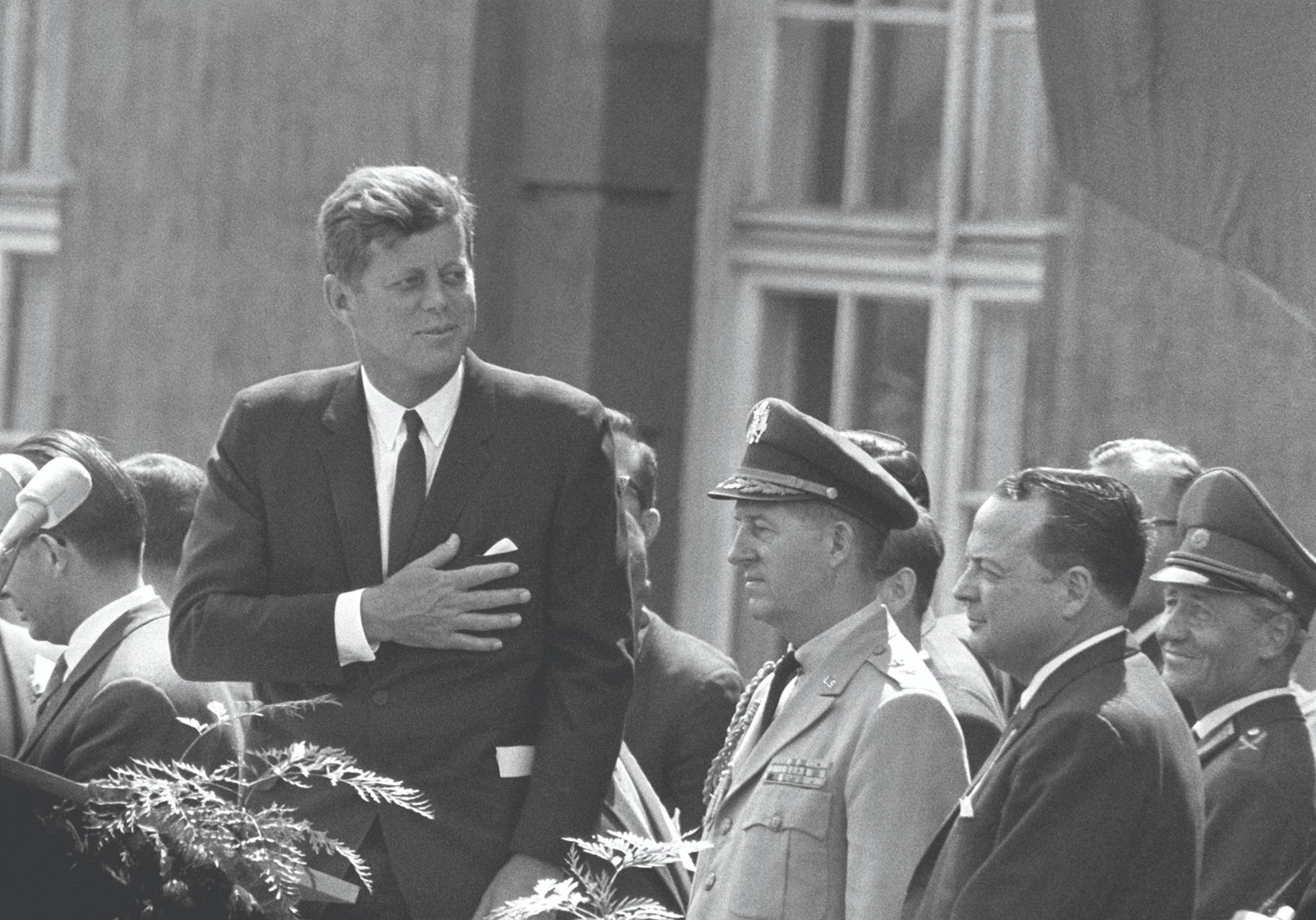The Changing Face of the Supreme Court
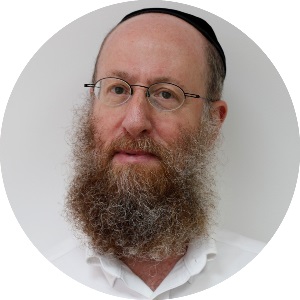
The scales of the court have tilted from the conservative to the liberal side, and the shift has been noticeable
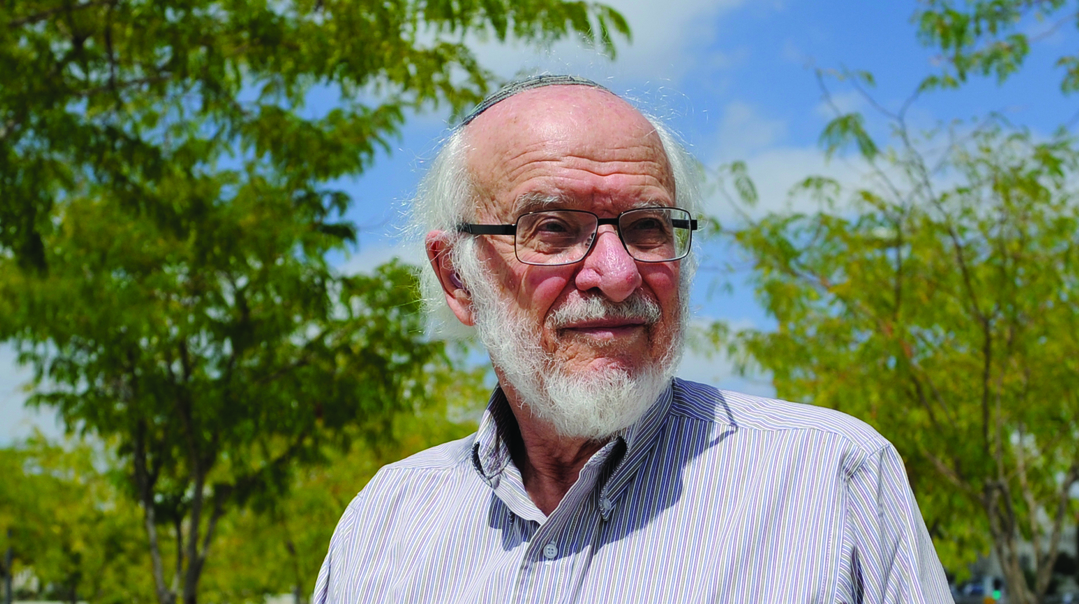
T
he 2016 presidential election will have consequences far beyond the management of the nation’s executive branch for the next four years. The 45th President of the United States may have the opportunity to nominate as many as four new Supreme Court justices, perhaps tipping the current precarious balance between liberals and conservatives.
One of the nine seats on the nation’s highest court has been unfilled since February, when Justice Antonin Scalia passed away and the Republican-controlled Senate refused to hold confirmation hearings on President Obama’s nominee, Merrick Garland.
Three more justices — Ruth Bader Ginsburg (83), Anthony Kennedy (80), and Stephen Breyer (78) have reached, or exceeded the average age at which Supreme Court justices have generally retired since the 1960s.
The composition of the court has changed dramatically since the early 1970s, when Richard Nixon was president and eight of the sitting justices were Republican nominees.
Today, just four are Republican picks, while four were nominated by Democrats.
The scales of the court have tilted from the conservative to the liberal side, and the shift has been noticeable. It was a creative Supreme Court ruling that rendered Obamacare constitutional, and whose liberal leanings have paved the way for more states to permit alternative forms of marriage, thereby threatening religious institutions with financial or legal sanctions for refusing to subordinate their religious beliefs to the whims of the alternative lifestyle crowd.
During the Supreme Court’s winter session, justices will consider a critical case of religious freedoms when it hears arguments in the case of Trinity Lutheran Church of Columbia, Inc. v. Pauley. Briefly, the church has asked the Supreme Court to overturn a decision by the state of Missouri, which argued that it would be unconstitutional to include a parochial school in a state program that provides funding to resurface playgrounds — a critical child safety issue.
In addition to cases of separation of church and state, during the next four years the Supreme Court is likely to issue rulings on cases ranging from gun control, abortion rights, affirmative action — all issues of great interest and concern to America’s Orthodox Jewish community.
With that in mind, Mishpacha interviewed attorney Nathan Lewin of the Washington DC base of Lewin and Lewin, LLP. Mr. Lewin has engaged in trial and appellate litigation in federal and state courts for 45 years and has argued some 28 cases before the Supreme Court, where he has faithfully represented the interests of religious organizations.
The interview was conducted before the presidential election, and therefore considered the various election outcomes and what impact the new president will have on the court.
One scenario being bandied about is that Senate Republicans might rush to confirm Merrick Garland to the Supreme Court to prevent Hillary from nominating someone who is even more liberal. What do you think of that scenario?
“My feeling is that if Hillary wins the election, the Republican majority in the Senate will confirm Garland rather than take a chance that she would appoint someone who is more liberal. I don’t believe that Obama would withdraw the Garland nomination given the support he has given Garland until now and the public statements he has made supporting him. And technically, Garland has been nominated and the Republican Senate can confirm him.”
Everyone talks about how the next president will have a chance to shape the court for years to come. But if you look at the justices most likely to retire, two [Ginsburg and Breyer] are liberal and one [Kennedy] is considered a swing vote. So how does a Hillary Clinton presidency threaten the composition of the court if she would merely replace liberals with liberals?
“That’s true with regards to Justice Ginsburg. But Breyer is not as far to the liberal side as Ginsburg — and [justices] Kagan and Sotomayor. Hillary couldn’t appoint someone who is more liberal than Ginsburg. But she could appoint somebody who is more liberal than Breyer — who is more of a centrist. And she certainly would appoint somebody who would be more liberal than Kennedy.
How certain can we be that she would go that route, especially if she must get her nominations through a Republican Senate?
“I would say the chances are between 95 and 100 %. I have no doubt that if she became president, her appointments would be as liberal as those of Barack Obama.”
A few months ago, Donald Trump released a short list of his top choices for the Supreme Court. Did you review that list? What did you think about his choices?
“What struck me was that there was not a single name on that list that I recognized. You know, it’s not as if Trump has said ‘Look, I’m going to be appointing some well-known conservatives.’ I think it’s about time — and others have recognized this — that people be appointed to the Supreme Court who are not judges on the Federal Court of Appeals. The Supreme Court has been very heavily weighted towards people whose experience has been prosecutors, district judges, and then judges of the court of appeals and then they get promoted to the Supreme Court. Merrick Garland is a terrific individual, but again, he’s cut from the very same cloth.”

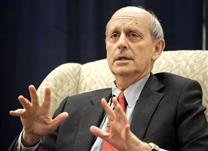
What’s the advantage of having justices from more diverse backgrounds?
“You need people on the Supreme Court who have experience other than sitting on a Court of Appeals. People whose experience is in various other branches of government or in the private sector. Historically, we’ve had some. Go back to Louis Brandeis. Brandeis was not a judge on a court of appeals, he was just a very outstanding lawyer and a battler for liberties. That’s what the Supreme Court should be really, and not just a reflection of the United States racially or religiously. And of course, it’s not even that. If Merrick Garland gets confirmed, the idea of having four Jewish justices and five Catholic justices and no white Anglo Saxon Protestant Americans on the court is astounding. The Supreme Court should, in terms of the kinds of decisions it makes, be a court that reflects the various backgrounds and experiences of the justices.
So, Trump is the candidate who is more likely to break the mold? With Hillary, we get more of the same?
“Yes, he is more likely to break the mold of appointing court of appeals justices. I think Hillary will appoint liberal judges from the courts of appeals. Frankly, when the Clintons were in the White House, I thought the Clintons did a terrible job in terms of appointing federal judges. They’re both lawyers, and one would have expected that they would be appointing first class federal judges on the courts of appeals and elsewhere. They did a terrible job. Previously the appointment of top flight intellects and people who were very, very competent judges were a paramount consideration. The Clintons turned it into a kind of political mechanism, changing the way America appears by appointing judges of certain predilections, mainly liberal predilections, and I’m quite sure Hillary will continue that if she becomes president.”
Most Orthodox Jews are rightly concerned with the views of any new justices on religious freedoms. The Trinity Lutheran Church case is just one coming up in the next term that will have an impact on the Orthodox community as well. No matter who wins the presidential election, aren’t the winds blowing the wrong way?
“Let me say first that one of my great disappointments with the presidential debates, particularly the last debate, was when supposedly the first subject they were going to discuss was the Supreme Court, and all they could talk about in terms of the Supreme Court was abortion and guns. Never was religion mentioned. Religion is a central and important issue before the court now. The question of the court’s attitude toward religious rights and whether religious rights prevail over more recently found constitutional rights, like LGBT rights, is a very important issue. The Civil Rights Commission came out with an incredibly obtuse report recently, in which it supported the proposition that religious rights must give way to LGBT and same-gender marriage issues.
Certainly, some justices on the court — the conservative ones — like Chief Justice Roberts, Samuel Alito, Clarence Thomas, and I think even Kennedy, would disagree and say that religious rights prevail over those. The more liberal justices wouldn’t. In the past, the court has decided unanimously on the side of religious rights, maybe because of the pressures of the chief justice, Scalia, and maybe Alito. But now, there is this broader question that endangers religious rights in the United States, and that’s this conflict between these recently discovered constitutional rights and what the founding fathers had in mind when they drafted the language of the First Amendment.
Is there anything that the broader Orthodox Jewish community can do to fight this trend, in terms of lobbying, or filing friends of the court briefs, as is often done when such cases come up?
“Sure, these are the usual steps, as well as going to Congress and local state legislatures. There is a whole battle over religious freedom restoration acts in different state jurisdictions. You know, it’s to [Indiana Governor and Trump running mate] Mike Pence’s credit that Indiana took the position that religion prevails, and that the Religious Freedom Restoration Act means that a florist or a baker could say “I’m not going to send flowers or a cake to a same-gender wedding.” These are the most important issues, not just for the Jewish religious community, but for the Christian and Muslim religious communities, as well.”
(Originally featured in Mishpacha, Issue 634)
Oops! We could not locate your form.







